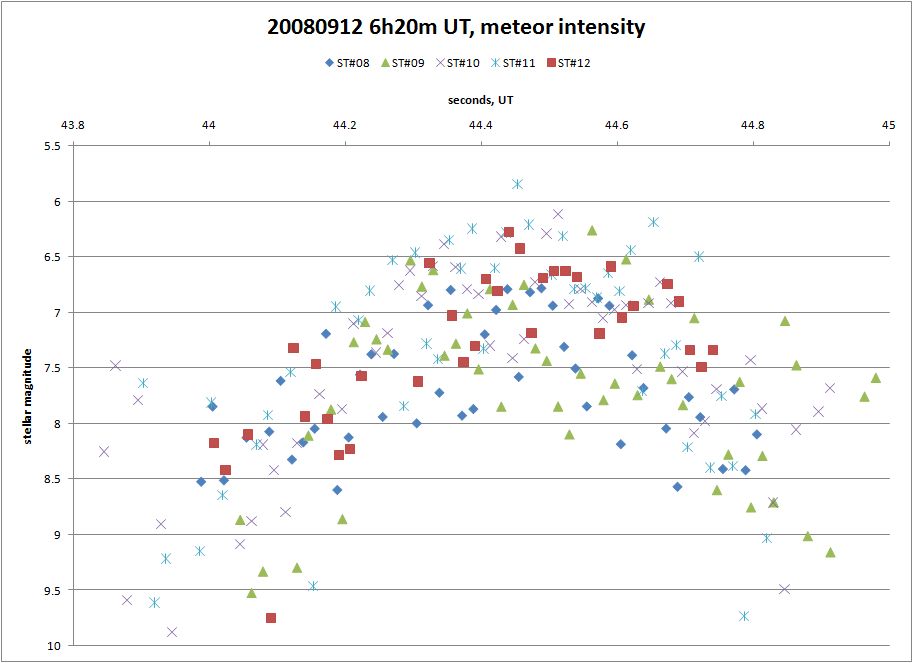
The Metis Meteor
Scott Degenhardt1 and Peter Gural2
1 2112 Maple Leaf Trail, Columbia TN 38401 USA Email: scottyd@charter.net
2 351 Samantha Drive, Sterling VA 20164-5539 USA Email: peter.s.gural@saic.com
Abstract: A recent occultation observing campaign inadvertently captured a meteor in multiple narrow field-of-view video cameras. A quick analysis of the tracks classified it as a sporadic with implications for the possibility of doing short baseline meteor triangulation. The primary goal of the collection was also met in that the size and shape of asteroid Metis was successfully measured.
The following report is about a serendipitous recording of a meteor on multiple video cameras that occurred during the asteroid Metis occultation timing experiment. The principle interest of one of the authors (SD) is in designing inexpensive narrow field of view camera systems and deploying them for asteroid occultations of stars to support the measurement of asteroid size and shape. The chance meteor appearance during a recent collection campaign, however, suggests an alternative way of doing meteor triangulation with short baseline observations. Thus this paper describes the event, the observing method and equipment, and data reduction results which could prove to be inspirational to others in the meteor community.
On the morning of September 12, 2008 the asteroid (9) Metis was predicted to pass in front of the 6th magnitude star HIP 14764 and would be visible from a 271km wide path on the ground across the United States. The International Occultation Timing Association (IOTA) scheduled its annual meeting to occur on the same date in Apple Valley , California to get as many people together in one general location and thus provide as many chords of occultation measurements as possible across the asteroidal body. The California location was chosen for its stable and generally clear weather during that time of year. For the Metis event, the plan was to deploy for the first time, fifteen of “Mighty Mini” observing systems that will be described in detail below. These fifteen unattended systems were to be spaced approximately 3km from each other along a line roughly perpendicular to the ground path of the shadow. They were all pre-pointed to the same exact altitude and azimuth in the sky so that at precisely 06:21:59 UT, the star HIP 14764 would drift through the center of the field of view of each camera, and the miniDV recorders would record the video and hopefully capture the shadow of Metis whizzing past at 4km/s. This would appear as the star winking out for a short period of time that would be dependent on Metis’ physical size and shape.
The actual occultation occurred with very little time between the end of twilight and the passing of Metis’ shadow. Due to the low elevation (+16.8 degrees altitude), the severe haze up to about 20 degrees of elevation from the Exxon/Mobile oil field gas plumes burning in the distance, and one encounter with Security, only eleven stations were successfully pre-pointed with their recorders running. Each camera’s recording was time stamped in UT with a GPS KIWI OSD system (accuracy +/-1ms). All eleven of the recordings showed a miss on the asteroid Metis, but there did appear about a minute before the predicted occultation time, a meteor about half as bright as the 6th magnitude target star, which had streaked through the field of view of Station #08. Out of curiosity the other station’s recordings were reviewed and the same meteor streak was discovered for stations #09, #10, #11, and #12. Thus five of the eleven stations had recorded the same meteor, and all of them displayed an easily visible parallax of the meteor’s position relative to the star HIP 14764. Given the greatest camera separation of 12.5 km and timing accuracies to 1ms +/-8ms (the duration of one NTSC video field) an initial attempt was made to reduce these video observations and gleam as much information about the meteor as possible. What initially came to mind was the possibility of determining the altitude of the meteor and the light curve from the ablation. With the GPS position known for each observation site, and the ability to determine the exact RA and Dec of the meteor at a given UT time, it was feasible that one could determine a rough orbit, or at a minimum, the radiant association with any active showers. In addition, the telescopic nature of the recording is rare in the field of meteor research and could prove interesting with the 18 arc second resolution available in the “Mini” camera systems.
It took several weeks by the principle author (SD) of manipulating the raw data before a satisfactory reduction method was found, having had no past experience in the meteoric area of data analysis. Once an approach was finalized however, the actual processing per station was completed in less than an hour.
The first result concerns the light curve of the meteor. The correlation between intensity versus time for all five different views/recordings was simply amazing! This should not be so surprising on reflection, because if all the cameras are synchronized correctly and properly calibrated, then the results should be consistent since there is very little change in look aspect or recording position between the stations. It just wasn’t expected that all five intensity profiles would lay right over each other as seen in Figure 1. Converting the meteor track to RA and Dec was also more difficult than it should have been, but was accomplished for four of the five stations. Station #09 refused to scale properly so a bit of an average scaling was used to get the track to fall correctly on the plot in Figure 2. This did not significantly impact the end result, as Station #08 and Station #12 are the two most spatially separated stations that one would use to triangulate for altitude. The following is a list of the initial measured parameters associated with the observation sites and meteor:
· Approximate peak meteor red magnitude: +6.87
· Time of peak intensity: 20080912 06:20:44.455 UT +/-8ms
· Station #08
RA and Dec of peak intensity: 3h11m13.59s +11 19’ 28.25”
Longitude: -119 37.4429
Latitude: +35 18.0885
Elevation: +331.3m MSL
· Station #12
RA and Dec of peak intensity: 3h09m54.16s +11 20’ 54.84”
Longitude: -119 40.2197
Latitude: +35 24.3913
Elevation: +158.7m MSL
· Duration: 50 NTSC fields so nearly 1 second long
· Angular line-of-sight separation between Station #08 peak and Station #12 peak: 19.541’
· Straight line distance between Station #08 and Station #12: 12.5km

Figure 1: Calibrated light curves of the Metis meteor from the five stations with a video track.

Figure 2: Meteor positions as observed from the five stations in stellar coordinates for each video frame.
A back of the envelope calculation placed the line-of-sight range to the observed track at 2200km or over 800km above the Earth’s surface (locally under the object), making this initially appear more likely a satellite than a meteor! At this point, contact was made with US amateurs and professionals in the meteor community and the co-author (PG) offered to reduce the data further to get a more accurate estimate of the altitude and potential radiant association. Calibrating each camera’s field of view from available star positions and using the intersecting planes solution given the meteor track points from stations numbered 8 and 12, yielded the following result:
· Apparent angular velocity = 2.33 deg/sec
· Range of the visible track went from 321 to 345 km - moving away from the observing sites
· Height of the visible track within the narrow FOV went from 92 km down to 90.5 km (Figure 3)
· Entry velocity = 32 km/sec
· Radiant association = Sporadic
· The focal plane trailing loss was 2.2 magnitudes
· The distance fading loss relative to 100 km was 2.6 magnitudes
These results were consistent when pairing other stations together. Clearly this met the criteria of a meteor. The back propagation and entry velocity classify this particular meteoroid as a sporadic.

Figure 3: Meteor height as a function of the line-of-sight range.
As mentioned earlier, the Metis asteroidal occultation was the “first light” deployment for the Mighty Mini observing platform. This system consists of one optical objective from a Tasco Essentials 10x50 binocular mounted to two pieces of PVC plumbing hardware. The latter provides the optimal spacing given the objective’s focal length to allow it to focus on a standard high sensitivity security camera (Supercircuits PC164CEX-2). The camera is placed at the back end of the optical train that includes an Owl focal reducer screwed onto a 12.7mm spacing video camera adapter to increase the effective field of view. The system provides a 2.4x3.2 degree FOV with a + 10.2 limiting stellar magnitude under dark sky conditions at 30 fps video frame rates. The total length of the Mighty Mini with the camera installed is only 20 cm (8 inches as shown in Figure 4) and thus very portable and easy to setup at multiple remote sites. A cautionary note is that the system is optimized for occultation work and despite the extreme magnitude sensitivity for stationary objects like stars, there can be up to a 4 magnitude loss for meteors. This is due to the extensive smearing of the meteor across the high resolution pixels during a single video field integration period (1/60 second).
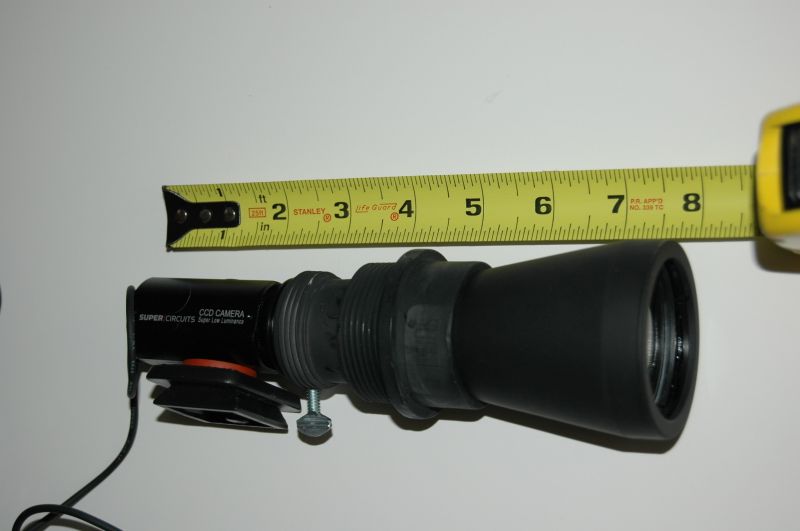
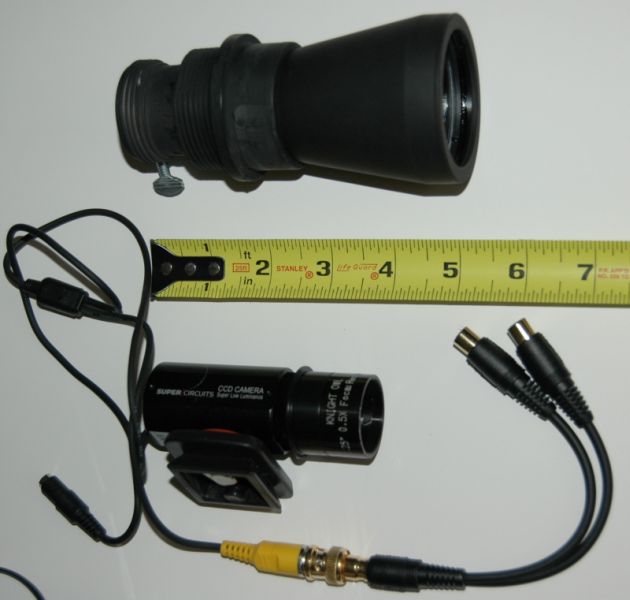
Figure 4: Mighty Mini video camera and objective lens system.
A complete observing platform consists of a Mighty Mini mounted on a MX350 tripod, a Canon ZR (Models ZR10-ZR300) miniDV camcorder acting as a VCR only, and a 9 cell battery pack of Duracell AA NiMH 2650mAh batteries as seen in Figure 5. Also shown is a KIWI OSD which grabs the high accuracy clock signal from the GPS constellation of satellites for the time stamping/insertion into the video recording. The complete system can also be operated at prime focus to yield a smaller FOV that provides higher magnification for lunar occultations of stars. The complete telescopic portion of the system costs under $100 to build (excluding the cost of the PC164CEX-2, Owl focal reducer and KIWI OSD) and weighs less than 10lbs.
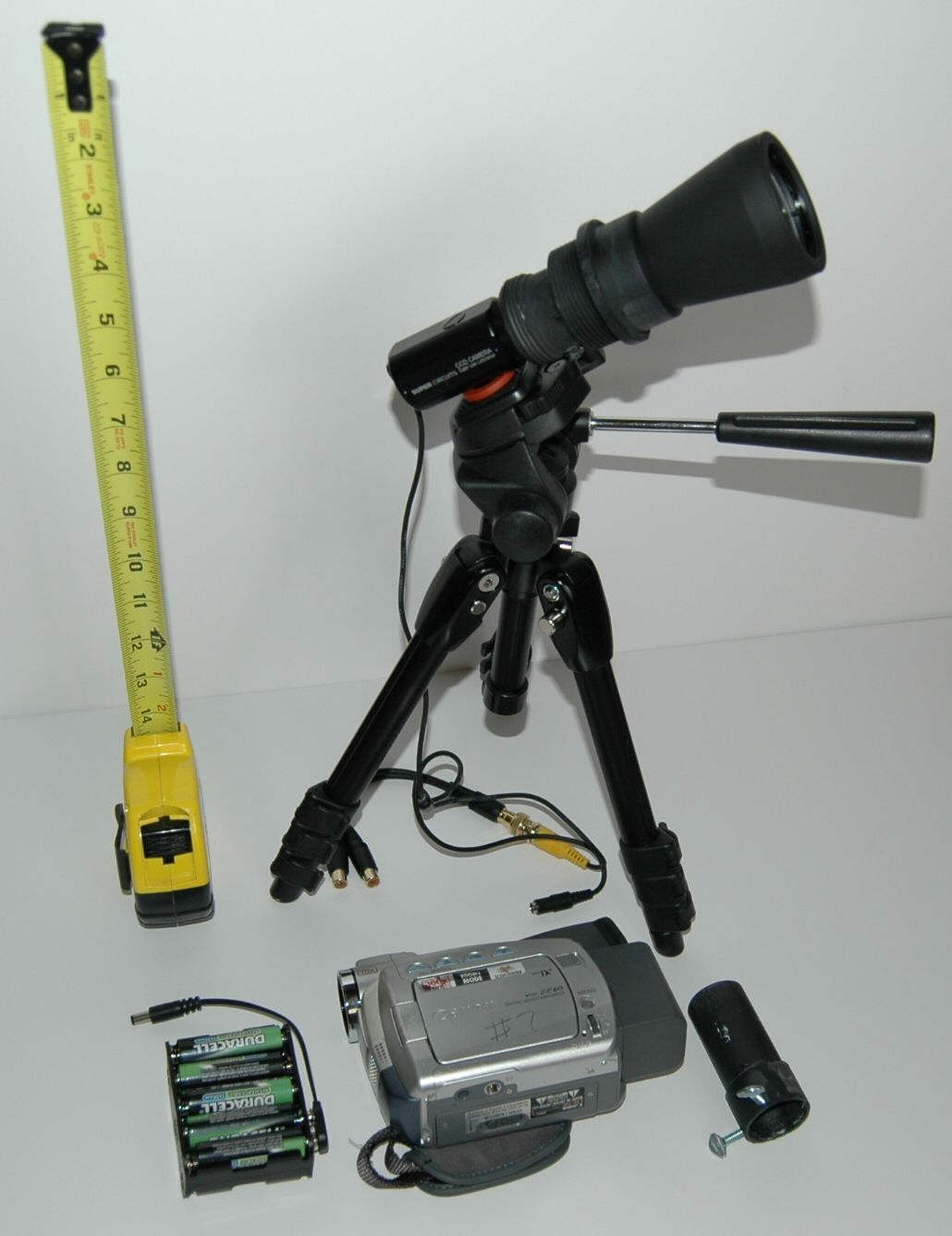
For those who are interested to know the results of the asteroid shape measurement of that evening, the results were EXCELLENT! Over 30 nearly evenly spaced stations were set up by 20 individuals, and while the 11 deployed by SD as described in this paper were clean misses, David Dunham set up 3 stations using the Mighty Mini, and all 3 got positive measurements! This makes his three observations the first positive event for the Mighty Mini since its inception. Figure 6 shows the measurement chords obtained revealing the size and shape of Metis.
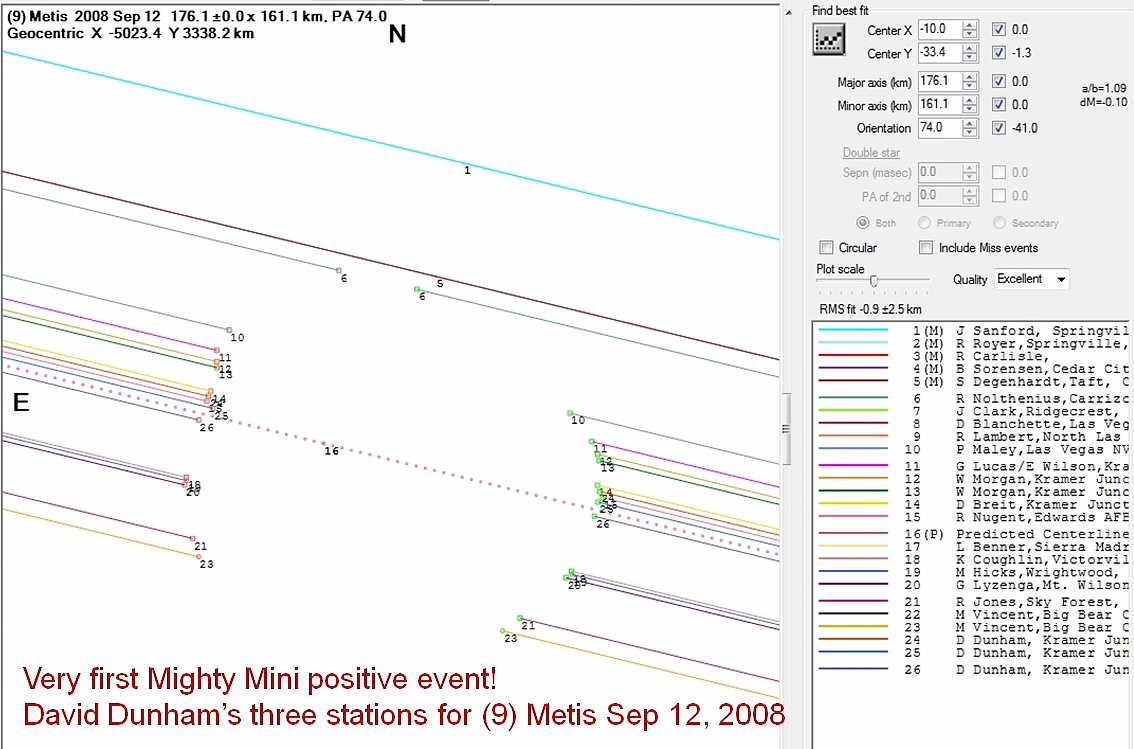
Figure 6: This is a graphical representation of the combined observations of the Metis occultation.
The lines represent when the target star was visible and breaks in the line represent when Metis occulted the light from the target star.
By combining the different observations we can measure the shadow an asteroid casts on the ground,
and thus measure its size, shape, and position in space.
IOTA Main Page (International Occultation Timing Association)
http://www.lunar-occultations.com/iota/iotandx.htm
OccultWatcher (OW is a software package that will track all asteroid and TNO occultations, and satellite mutual events visible from your local observing site)
http://www.hristopavlov.net/OccultWatcher/OccultWatcher.html
Occult 4.0 (Lunar and asteroidal occultation prediction and reduction software)
http://www.lunar-occultations.com/iota/occult4.htm
“Chasing the Shadow: The IOTA Occultation Observer’s Manual” by Richard Nugent http://www.poyntsource.com/IOTAmanual/Preview.htm
IOTA discussion group (you will want to join this to get involved in continuing ongoing discussions in the field of occultations, the latest equipment, and software updates, etc. It is an extremely valuable knowledge base)
IOTAoccultations@yahoogroups.com